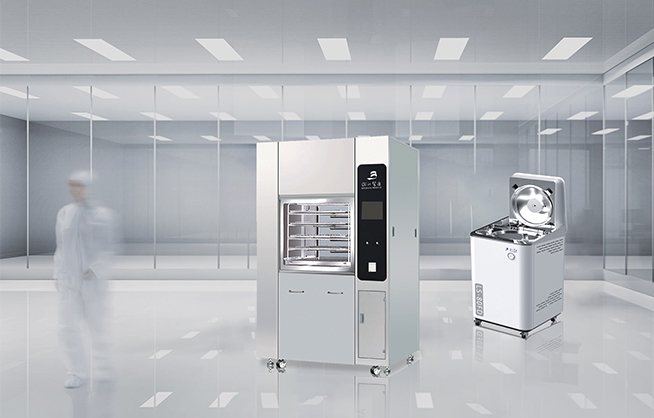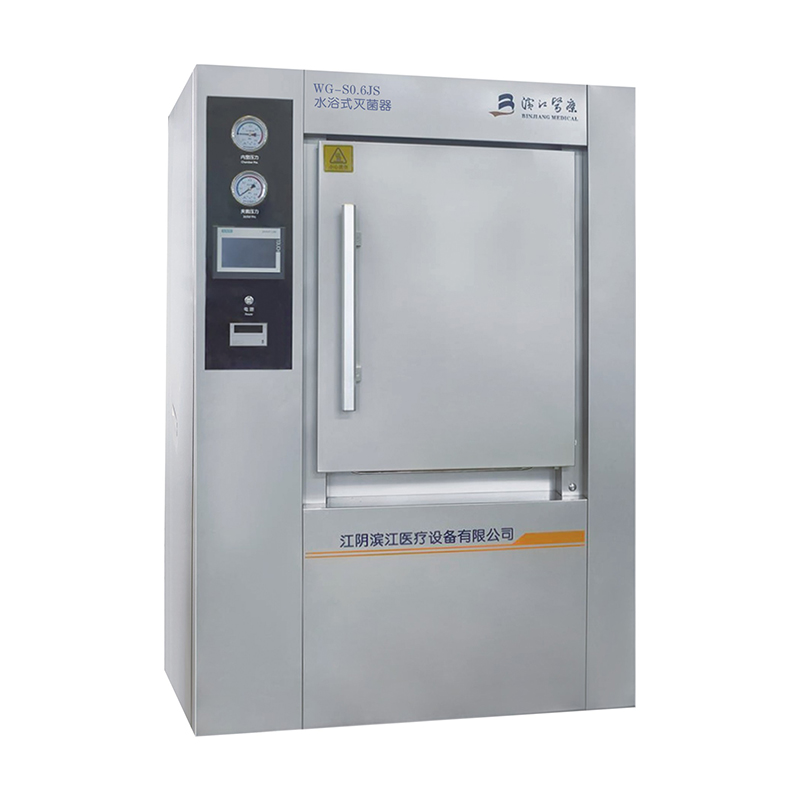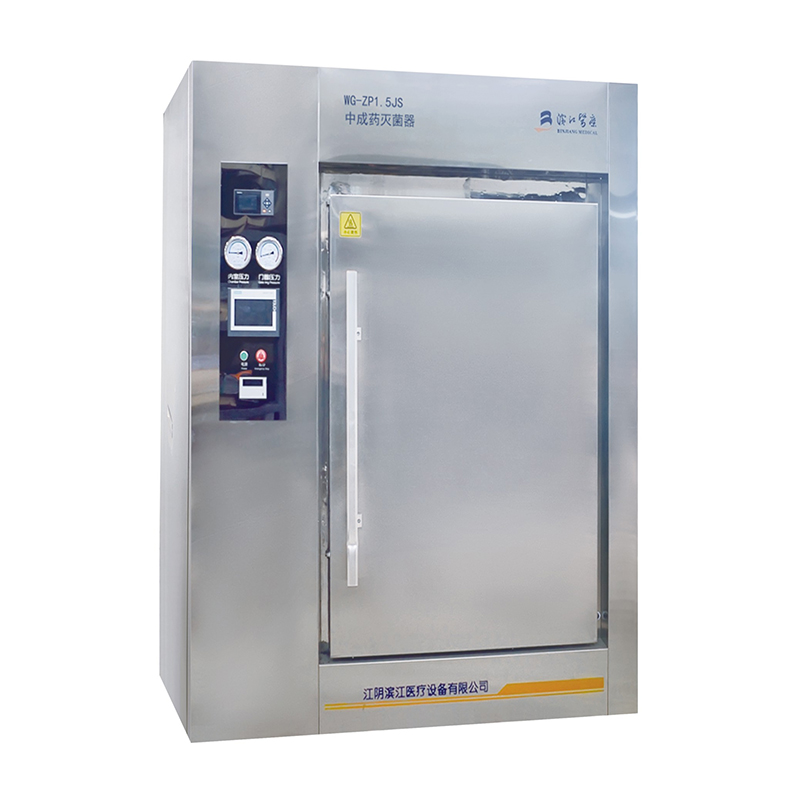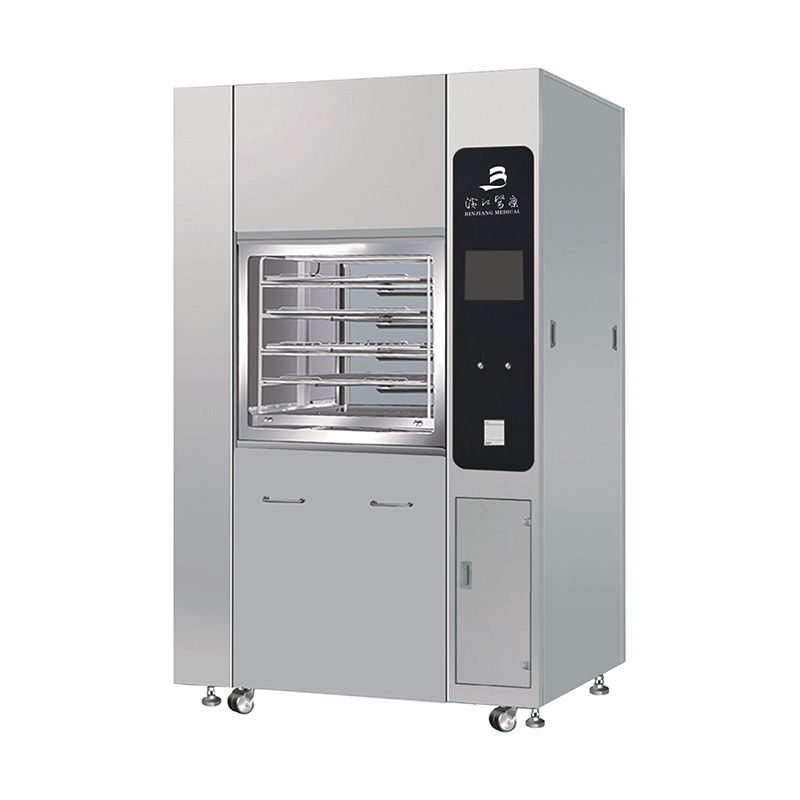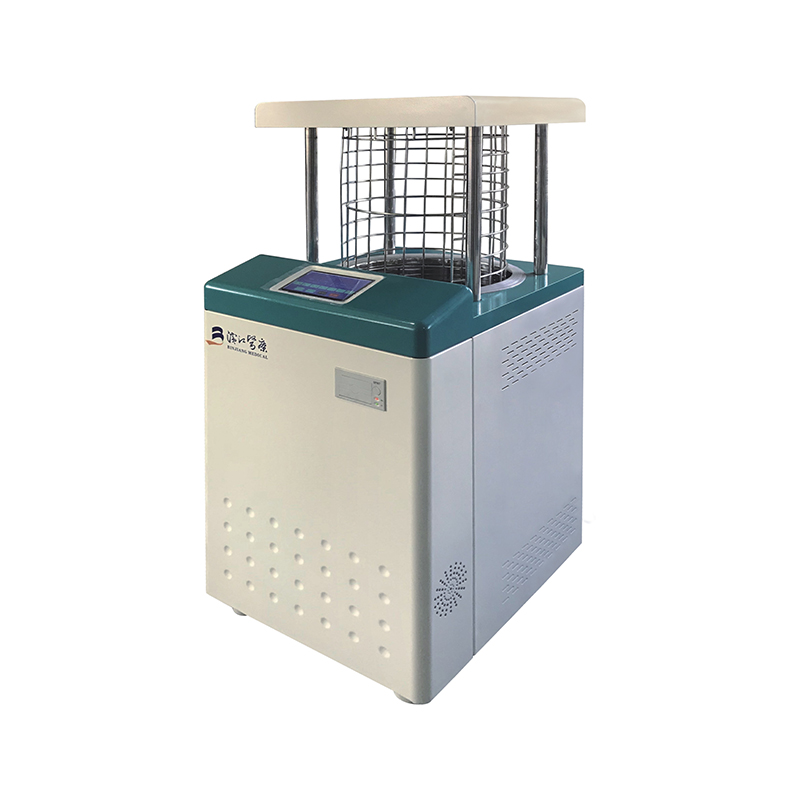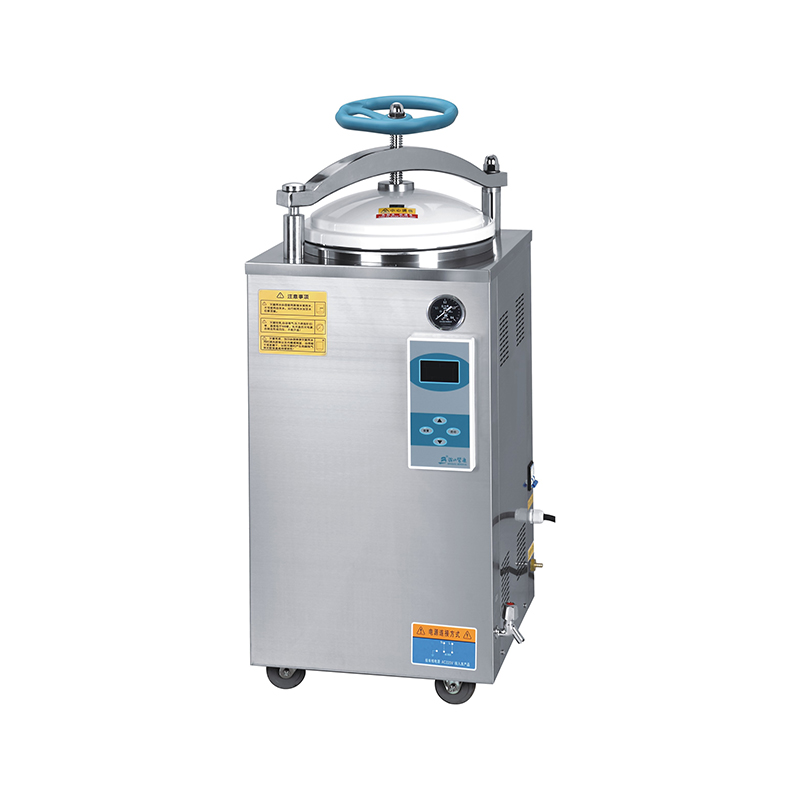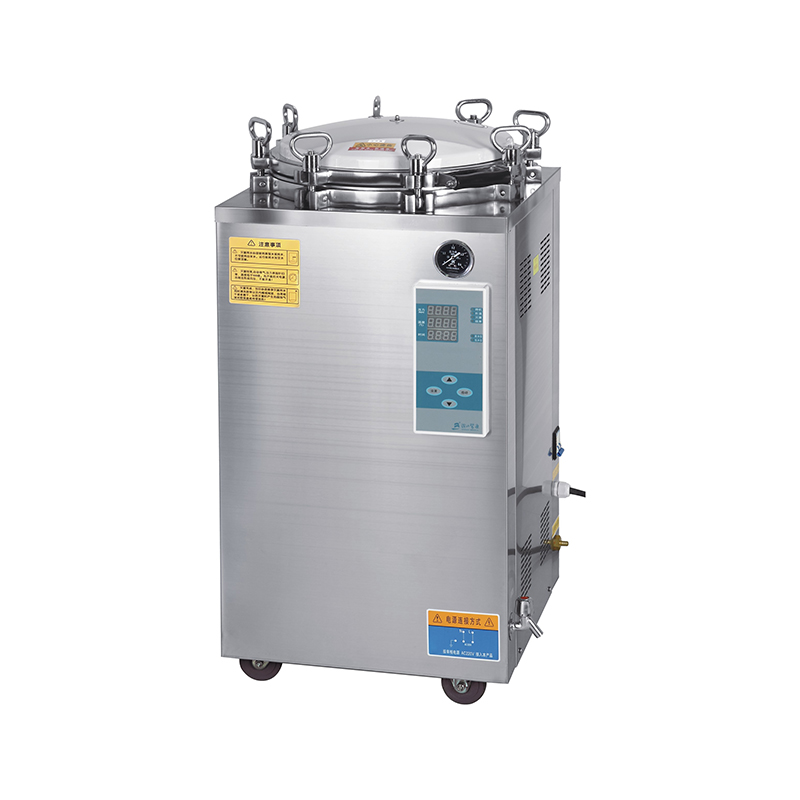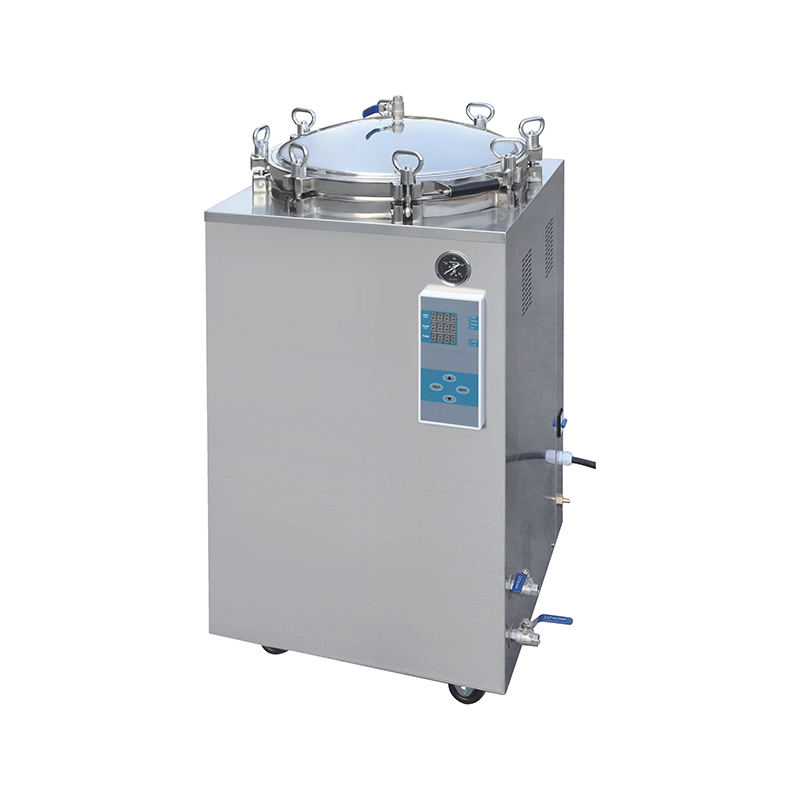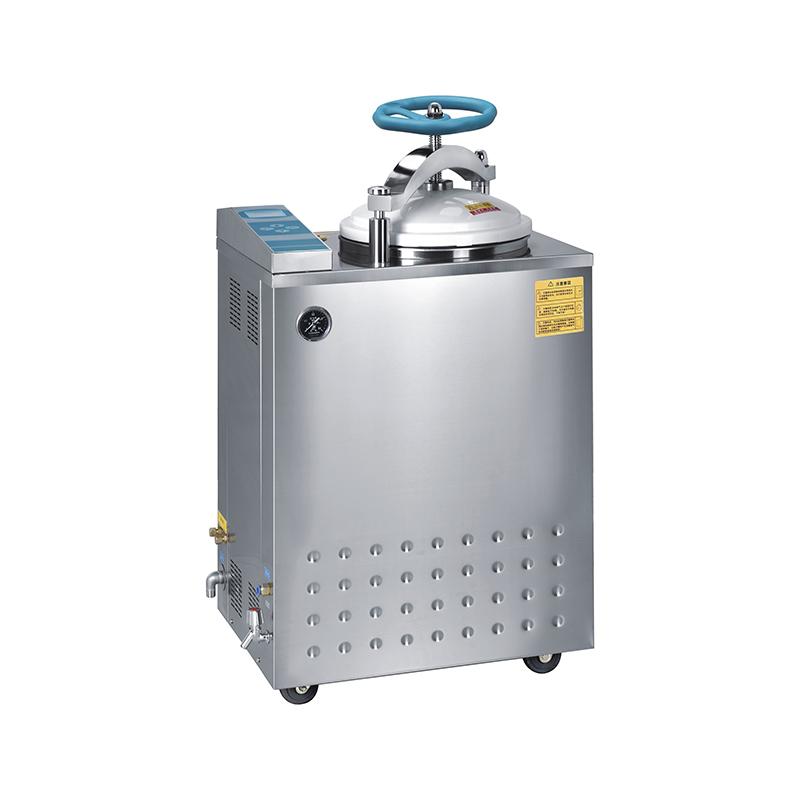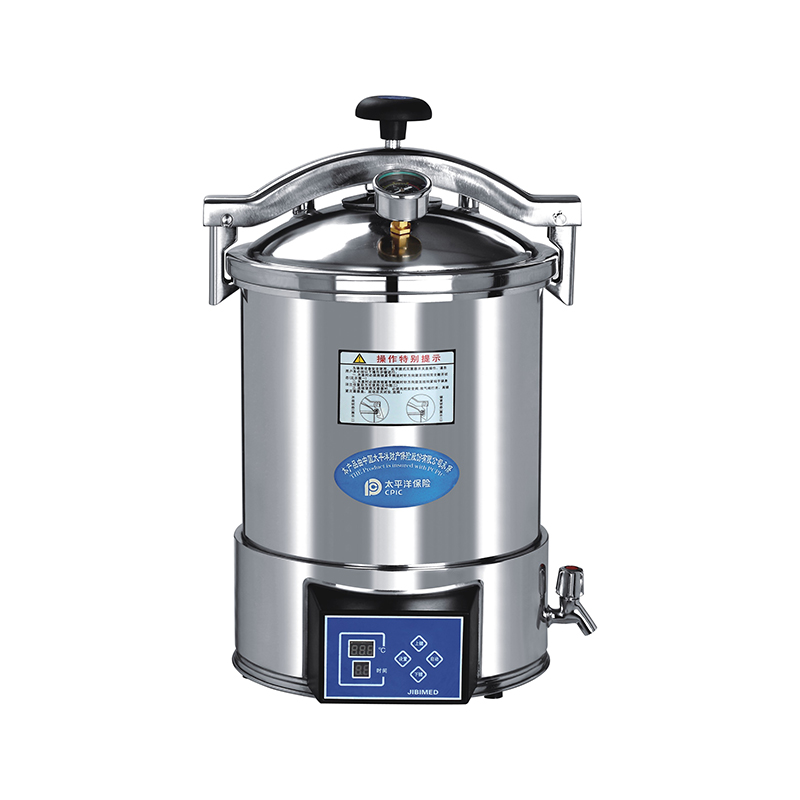High-temperature sterilization loading requirements and tips for decontamination centers
Posted by Admin | 05 Nov
CSSD High-Temperature Sterilization Loading Requirements and Tips (Instrument Packs, Paper-Plastic Bags, Dressings)
Main Contents
Standard Requirements for Loading Items for High-Temperature Sterilization
Tips for Loading Items for High-Temperature Sterilization
Autoclave
Suitable for sterilizing moisture-resistant and heat-resistant instruments, appliances, and items.
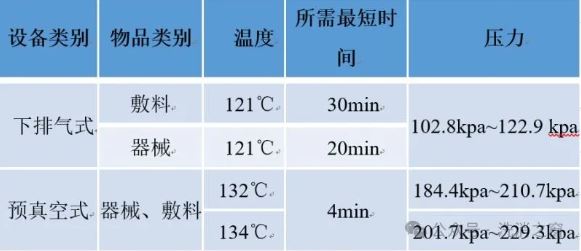
I. Sterilization racks and sterilization baskets

II. Loading of Items
Instruments, appliances, and items of the same material should be sterilized in the same batch. Since the materials are the same, the operating parameters used for sterilization are relatively stable, resulting in better sterilization effects.

Textile items should be placed vertically on the top shelf, and metal instruments on the bottom shelf; surgical instrument packs and rigid containers should be laid flat;
basins, bowls, and plates should be placed at an angle, with the openings of the contents facing the same direction;
glass bottles and other containers without perforations at the bottom should be placed upside down or on their side;
paper bags and paper-plastic packaging should be placed on their side.
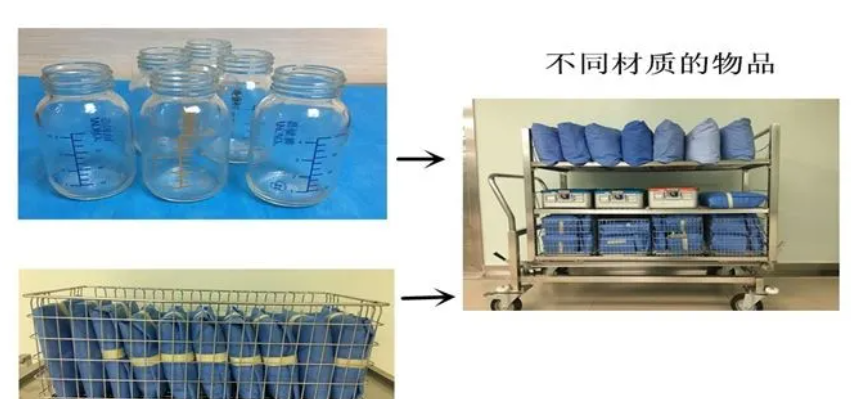
III. Placement of Items
Items to be sterilized should be placed on sterilization racks, not against the sterilization door or side walls. The spacing between packages should be no less than 2.5cm, the top layer should be at least 7.5cm from the top, and both sides should be at least 4.5cm from the cabinet walls.
IV. Loading Capacity
The total loading volume should not exceed 90% of the cabinet's volume, nor should it be less than 5% or 10%; otherwise, the "small loading capacity effect" will occur.
When the loading volume of items is less than 5% or 10% of the cabinet's volume during pulsed vacuuming, 100% of the air inside the sterilizer cannot be extracted. The residual air easily concentrates and seeps into a small amount of packages and around them, forming an air barrier that hinders heat conduction, leading to sterilization failure. This effect of small loading capacity on sterilization efficiency is called the "small loading capacity effect."
How to calculate the minimum packing quantity?
Our hospital uses a pulsed vacuum sterilizer with an inner chamber volume of 1,200,000 cm³. Taking a standard instrument pack volume of 30cm x 30cm x 50cm = 45,000 cm³ as an example, the loading quantity each time is controlled to be greater than 5% of the inner chamber volume by 5% of the cabinet volume: 1,200,000 cm³ x 5% = 60,000 cm³. 5% of the cabinet volume represents 120,000 cm³ ÷ 45,000 cm³ = 1.3 packs.
To avoid the underfill effect
Each sterilization batch must contain at least two standard surgical packs to prevent the underfill effect and ensure successful sterilization.
1. Spacing between sterilization packages should be no less than 2.5cm.
The width of each horizontal grid on the sterilization rack should be no less than 3cm. Visually, the spacing between packages should be greater than two-thirds of the grid width.
Tips for determining spacing:
To determine the spacing, place two bags between each other and make sure you can easily insert your palm. Measure the spacing based on your finger size.
2. Paper-Plastic Packaging is Prone to Wet Packaging
Because paper-plastic packaging is placed in special baskets for sterilization, the spacing is too close, causing condensation to form on the inner surface of the plastic film after sterilization. This condensation is difficult to evaporate, resulting in wet packaging.
3. Placement of Loading Baskets
All baskets should face the same direction; loading should be done at an angle; loading baskets should not be used efficiently.
4. Placement of medical instrument packs
Stacking them together hinders steam penetration and makes sterilization more difficult.
Tips for arranging medical instrument packs
"T" shaped and "Z" shaped arrangements
5. Placement of Dressing Packs
Place them vertically close to the top wall. Placing them on their sides or stacking them will hinder steam penetration and affect the sterilization effect.
In summary, in the loading and sterilization process, even a small change can drastically alter the sterilization process.


 English
English русский
русский Français
Français Español
Español bahasa Indonesia
bahasa Indonesia Deutsch
Deutsch عربى
عربى 中文简体
中文简体
